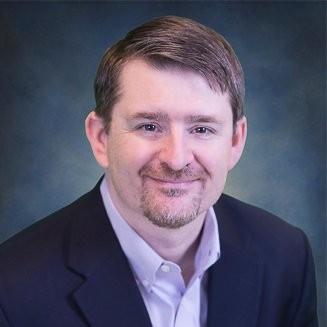Internet of Things
Thought Leaders in Internet of Things: Tim Panagos, CTO of Microshare (Part 4)
Sramana Mitra: Do you see gaps in the market where you see opportunities for entrepreneurs to build products or solutions?
Tim Panagos: There are many places where interpreting the data and doing something about it are pretty large gaps. Understanding what’s happening is only the first step. You need to take that and turn it into insights. From the insights, you turn that into action. That’s the insight value chain that we described to some of our customers.
>>>Thought Leaders in Internet of Things: Tim Panagos, CTO of Microshare (Part 3)
Sramana Mitra: What’s interesting to me is that you are able to sell six-figure deals without hard ROI to address a perception issue. That’s unique I think.
Tim Panagos: It may just be a point in time.
Sramana Mitra: The higher the ticket size, the more the need to justify hard ROI. What you’re pointing out is that you have been able to sell six-figure deals without hard ROI. That’s probably a point in time. It is a point in time where you are benefitting from that.
>>>Thought Leaders in Internet of Things: Tim Panagos, CTO of Microshare (Part 2)
Sramana Mitra: To do all this, how much of this is your proprietary technology and how much of it is system integration using other people’s technology?
Tim Panagos: Our strategy was to adopt things that were already existing in the market rather than building from scratch. It’s my belief that we intersect with the IoT, cloud, and AI macro trends. All of these technologies exist already in the marketplace. It’s not a matter of whether we need a better sensor or we need better AI; it’s about taking these technologies that are on the shelf, pre-integrating them, and making it so that you can scale in a business.
>>>Thought Leaders in Internet of Things: Tim Panagos, CTO of Microshare (Part 1)

We discuss IoT use cases in commercial real estate and the open opportunities thereof.
Sramana Mitra: Let’s start by introducing our audience to yourself as well as to the company.
Tim Panagos: I’m the Founder and CTO of Microshare. We’re the market-leading wireless IoT platform built for commercial real estate.
Sramana Mitra: Let’s double-click on that and talk about how IoT features in real estate.
>>>Building a Capital-Efficient, Highly Scalable Smart City IoT Venture: LYT CEO Timothy Menard (Part 3)
Sramana Mitra: Santa Clara was the first that adopted your technology?
Timothy Menard: San Jose was first.
Sramana Mitra: Let’s go into the mechanics of how you built the company from a financial engineering point of view. The first grant was $250,000. You got a second grant because of the discussions with Santa Clara and San Jose.
>>>Building a Capital-Efficient, Highly Scalable Smart City IoT Venture: LYT CEO Timothy Menard (Part 2)
Sramana Mitra: Was there a customer that you had in mind?
Timothy Menard: All sides – automotive and the communities they drove in.
Sramana Mitra: How did you get the company off the ground?
Timothy Menard: I applied for a Federal Small Business Research and Innovation grant. The company started on a quarter-million grant. I was able to use a portion of that and partner with the University of California – Irvine to have a road system and students of all classifications work on this digitalization concept.
>>>Building a Capital-Efficient, Highly Scalable Smart City IoT Venture: LYT CEO Timothy Menard (Part 1)

You would think deep tech AI / IoT startups take gobs of venture capital to build. Read on to see how Tim has built an incredibly capital-efficient business with massive growth potential using grant money and revenues. Superb company!
Sramana Mitra: Let’s go to the very beginning of your journey. Where are you from, born, and raised? What kind of background are you from?
>>>Thought Leaders in Internet of Things: Ayyeka CEO Ariel Stern (Part 3)
Sramana Mitra: What is the level of adoption of the kind of end-to-end solutions you’re talking about at the city or state level?
Ariel Stern: Not that high. Some cities or municipalities are very advanced. They have a strong leadership team. They have a strong appetite for innovation. They understand that digital innovation is key for the operation and adopt digital tools. The number of such utilities is very low for numerous reasons.
>>>